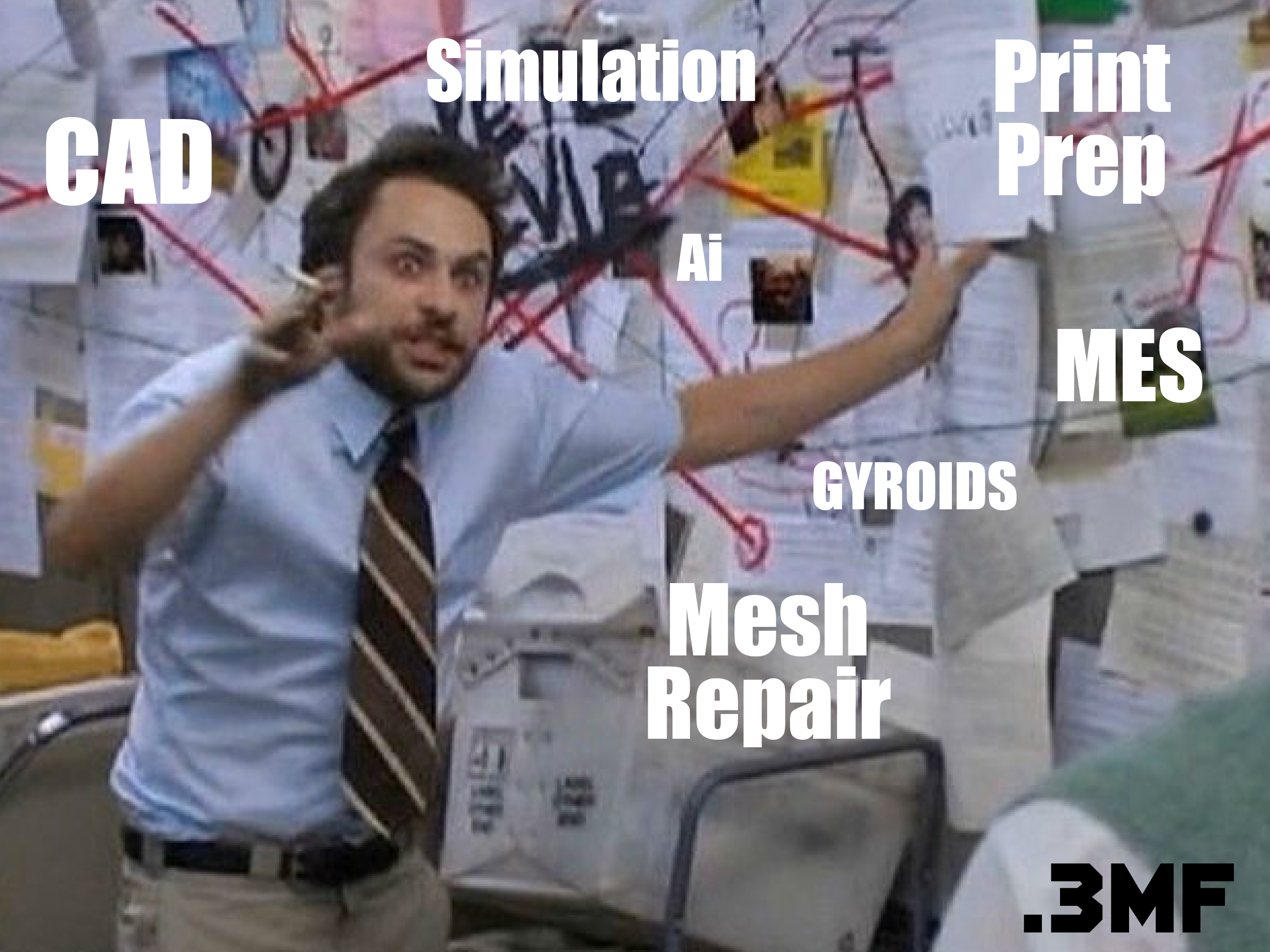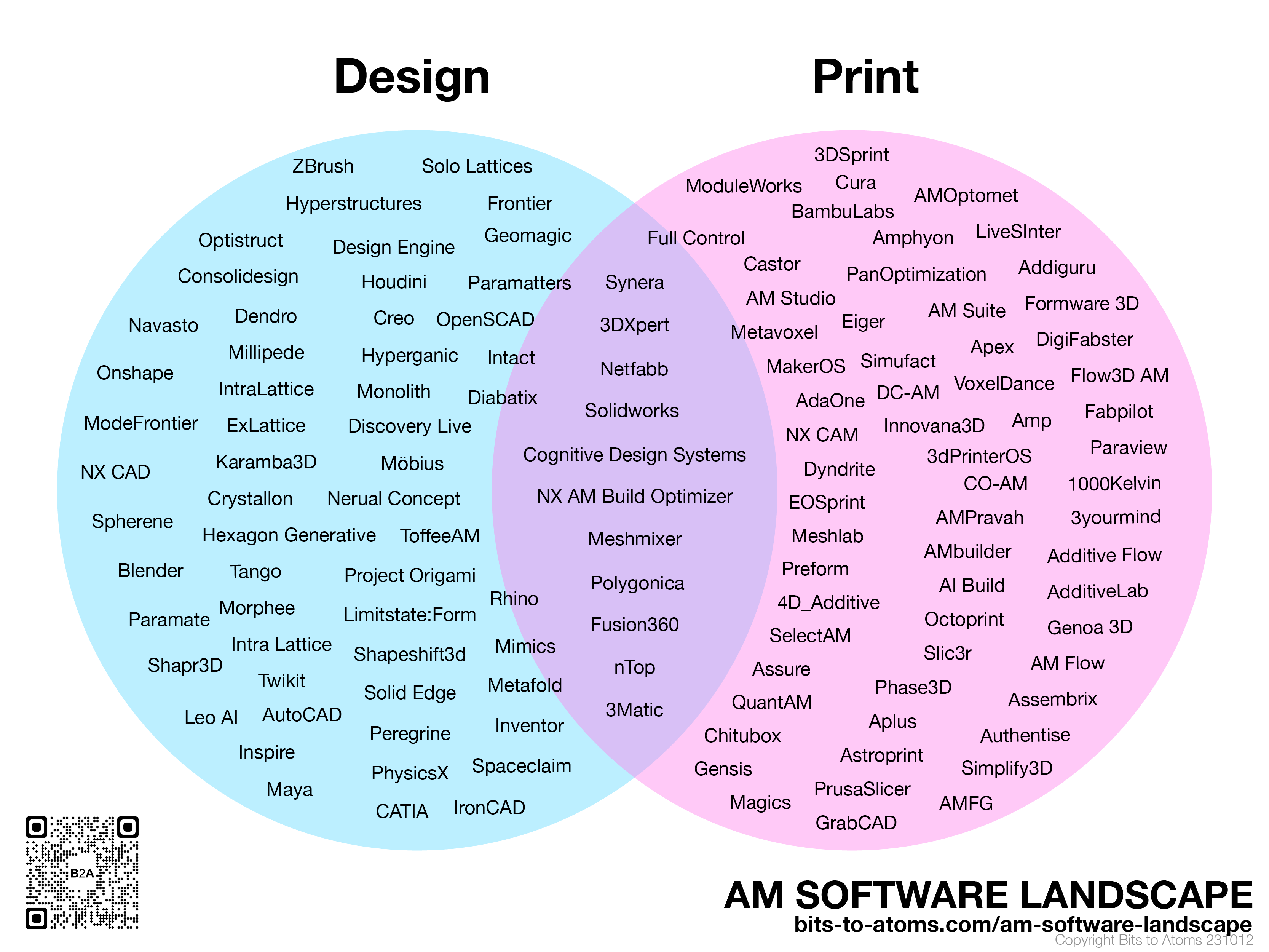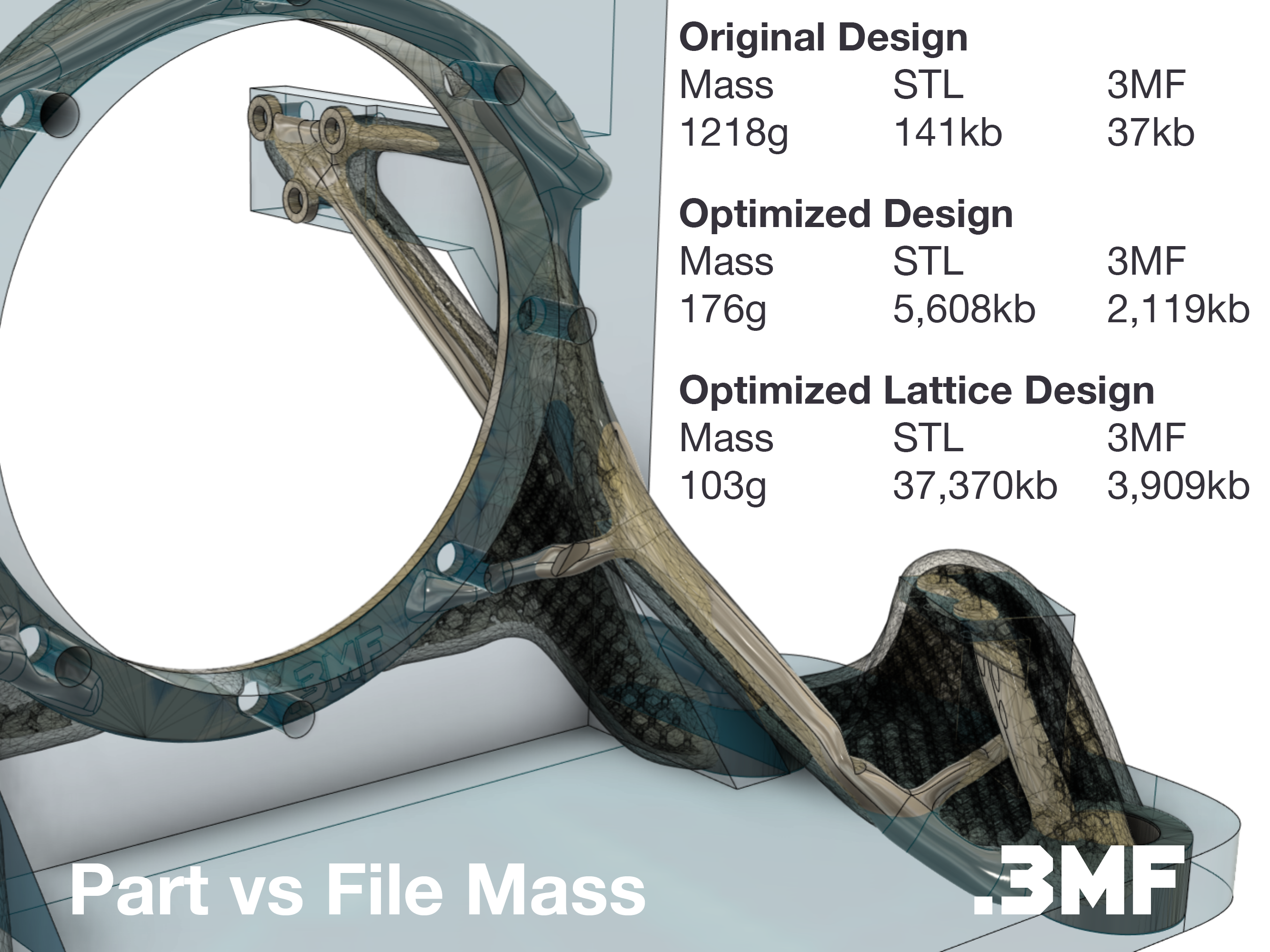Over the past 5-10 years, additive manufacturing has slowly transitioned from a purely prototyping technology to focus on production as the machines and materials have steadily improved.
This shift has necessitated a change in data transfer protocols.
Whereas basic boundary representations were once sufficient, too often via problematic STL files, there is now a need to convey detailed manufacturing data alongside geometry.
To address this issue, the 3MF Consortium was established by Microsoft and key stakeholders from software, hardware and services in the additive manufacturing space.
The consortium offers an open-source file format that encompasses both geometry and clearly articulated manufacturing intent.
In earlier and simpler application of additive manufacturing, particularly with desktop systems, the individual responsible for the design often executed the print process, making data exchange relatively straightforward.
While the workflow typically involved transitioning from the CAD or design tool to a print preparation tool, with (painful) mesh cleaning, orientation, and support addition being common intermediate steps. All of this was possible in two to three software tools, accessible by one or two people
As the landscape has evolved the roles of designer, simulation expert, and manufacturing engineer are frequently distinct, each requiring specific sets of data to evaluate and/or realize the design. This has introduced a complex layer of data management, necessitating a cohesive digital thread to synchronize the various types of data across applications.
The additive manufacturing software landscape has also grown in complexity, currently featuring over 150 software products that span the entire workflow from design to print.
Although a series of consolidations have occurred—small startups being acquired and integrated by larger software entities, and these larger firms subsequently amalgamating functionalities into unified platforms—the landscape remains intricate and opaque, presenting substantial navigational challenges.
And the data flow between these software can become burdensome if they do not speak a common language.
While it’s improbable that a single file format could encapsulate every facet of design, simulation, manufacturing, and validation, the .3mf format represents a concerted effort by industry leaders to tackle as many of these challenges as feasible.
The core .3mf specification aims to serve as a foundational data structure, with various extensions developed to communicate additional manufacturing data beyond the baseline geometry.
The .3mf file format’s open-source and extensible nature has led to its adoption by prominent companies such as HP, Ultimaker, Desktop Metal, and Prusa.
These organizations utilize the .3mf format as the primary data conduit to transfer information from build preparation software to their internal 3D printing systems.
The 3MF Consortium provides a 3mf compatibility matrix that outlines which software products currently support the .3mf data format, along with the extensions available to users. Many software companies are in the process of expanding their adoption and exposure of .3mf functionality, making the list both dynamic and rapidly growing in terms of reach and capabilities.
If your software supports .3mf but is not included in the matrix, we encourage you to complete the form on the 3MF Consortium website for matrix updates. Developers interested in implementing .3mf should consult the available specifications and feel free to reach out for assistance.
The 3MF Consortium is currently seeking a contract developer to help develop and maintain the 3MF specification.
Lastly, if your software does not currently support the .3mf format, contact the 3MF consortium to collaborate and facilitate the workflow integration.
For users interested in the advantages of the .3mf format beyond streamlined data flow, the format offers a range of improvements. These include reduced file size, guaranteed watertight meshes, and the inclusion of machine, material, and software metadata. Additionally, the format supports advanced features such as lattice structures, slicing capabilities, and security protocols. A comprehensive list of these features is available on the 3MF Consortium website.

